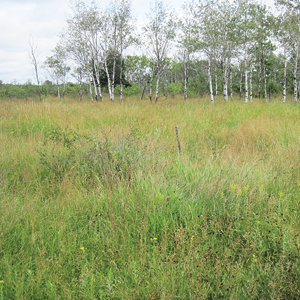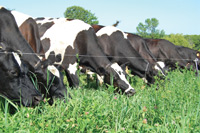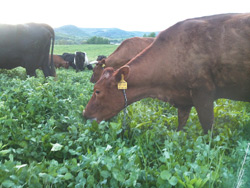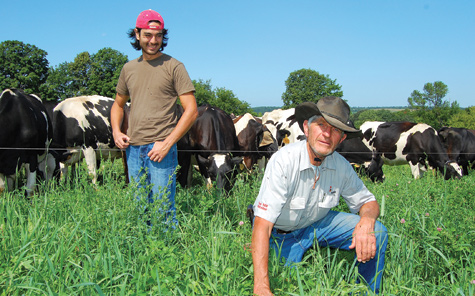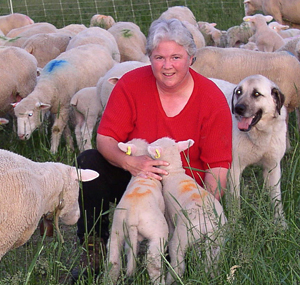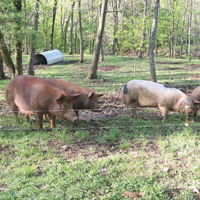The ‘principle of disruption’ can keep your pastures improving
by Allen Williams, Ph.D.
Progress can be a frustrating thing.
In our search for improved soil health and forage productivity, we look to certain grazing “systems” as the key to improvement. Many of you have implemented some form of intensive grazing — management-intensive grazing (MiG), rotational grazing, mob grazing or even adaptive multi-paddock grazing — in an effort to make progress in building soil health and increasing forage productivity. Continue reading “Shake up your grazing!”

